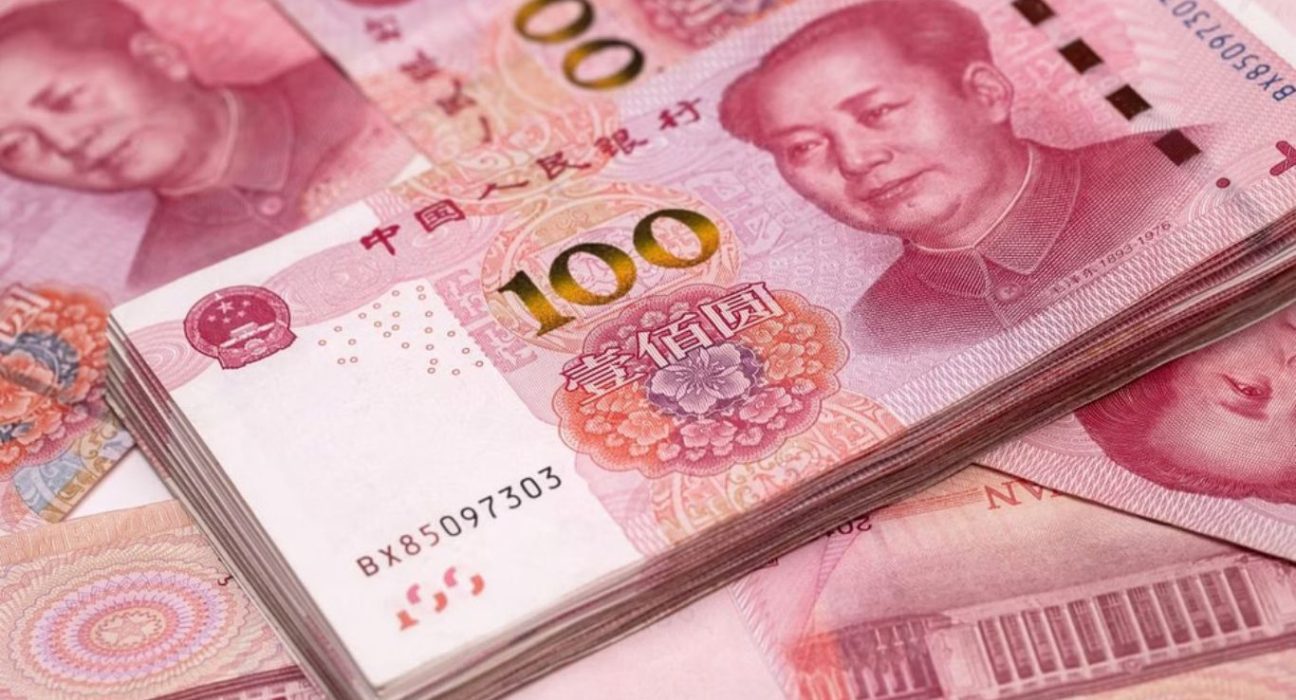The Chinese yuan has experienced a significant setback, falling by 0.2% to a near six-month low. This drop comes in the wake of the currency breaching the critical 7 level last week. The recent decline of the yuan is attributed to a combination of factors, including growing concerns over a potential resurgence of COVID-19 and a series of disappointing economic indicators for the month of April.
Fears of a Renewed COVID Outbreak Amplify Market Worries
One of the primary drivers behind the yuan’s decline is the mounting apprehension regarding a potential resurgence of COVID-19 in China. As the country grapples with sporadic outbreaks and the emergence of new variants, investors have become increasingly wary of the impact on economic growth. The fear of renewed restrictions, reduced consumer spending, and disrupted supply chains has weighed heavily on market sentiment, leading to a downward pressure on the Chinese yuan.
Slowing Economic Growth Intensifies Concerns
Adding to the yuan’s downward trajectory is the growing apprehension surrounding China’s economic growth prospects. Recent data releases for April have painted a concerning picture, with several key indicators falling short of expectations. Weaker-than-anticipated readings in manufacturing activity, retail sales, and industrial output have raised concerns about the pace of recovery and the sustainability of China’s economic rebound. These factors have further contributed to the depreciation of the Chinese yuan.
Implications for Global Markets
The depreciation of the Chinese yuan holds significant implications for global markets, given China’s status as the world’s second-largest economy. As the yuan weakens, it makes Chinese exports more affordable, potentially boosting the country’s export competitiveness. However, this can create challenges for other economies, particularly those that compete with China in export markets.
For countries that import goods from China, the weakening yuan may offer short-term benefits, as it makes Chinese products more affordable. Conversely, nations that export to China may face increased difficulties, as their goods become relatively more expensive for Chinese buyers. This dynamic could lead to potential trade imbalances and economic tensions between China and its trading partners.
Moreover, the depreciation of the yuan may trigger concerns over a potential currency war. Other countries could feel compelled to devalue their own currencies to remain competitive, resulting in a race to the bottom. Such currency devaluations can lead to heightened volatility in global financial markets and increased uncertainty for investors.
China’s Response to Economic Challenges
In response to the economic challenges and the depreciating yuan, the Chinese government may implement various measures to stabilize the currency and support economic growth. These measures could include monetary policy adjustments, such as interest rate cuts or liquidity injections, to stimulate domestic demand and encourage investments.
Additionally, fiscal stimulus measures may be employed to boost consumption and infrastructure spending. Government support for key industries, such as technology and green energy, could also play a role in revitalizing economic growth and restoring investor confidence.
However, striking a delicate balance between maintaining stability and avoiding excessive debt accumulation poses a challenge for Chinese policymakers. They must navigate the trade-off between short-term economic support and long-term financial risks to ensure sustainable growth.
Conclusion
The recent decline of the Chinese yuan, driven by fears of a renewed COVID outbreak and concerns over slowing economic growth, has raised alarms in global markets. The potential ramifications of this development extend beyond China, impacting international trade dynamics and market sentiment.
As the situation unfolds, market participants will closely monitor China’s response and the effectiveness of the government’s measures to stabilize the economy and the currency. The trajectory of the yuan and its impact on global markets will be key indicators of China’s economic recovery and the path to post-pandemic stability.










